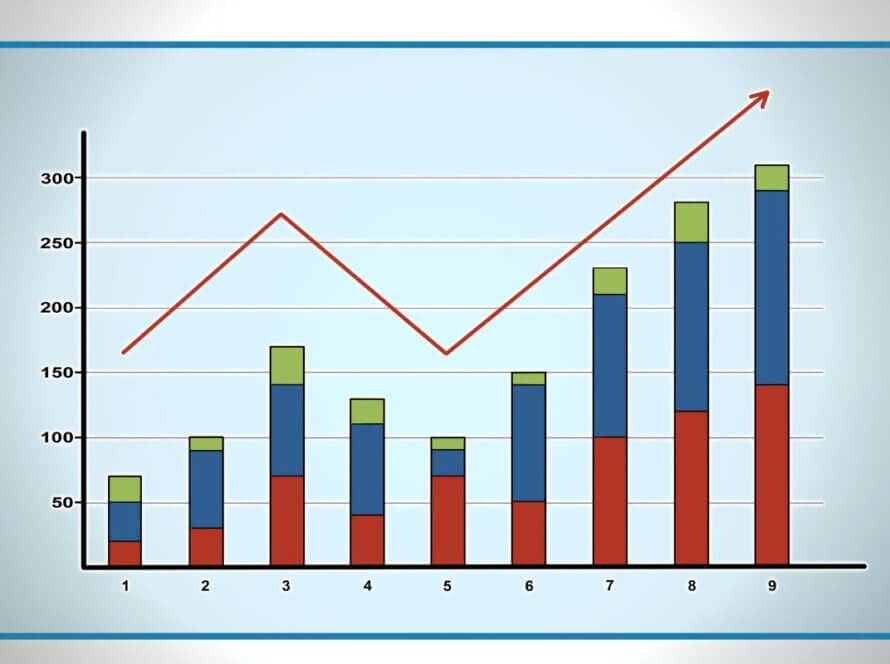Advancing Capacity with Customer Care Technology
Modern clients expect quick and consistent support. A high capacity customer care intake hub rises to meet this expectation by aligning people, process, and technology. This structure allows teams to handle larger volumes of inquiries without losing the human touch. Intelligent routing, automation, and integrated data flows combine to ensure each customer is connected to the right resource at the right time.
Organizations that invest in customer care technology gain a strategic edge. The unified platform reduces duplication and eliminates silos between departments. Teams can see each client’s history in real time, making follow-ups seamless and effective. With this approach, the intake hub becomes more than a help desk. It becomes a central nervous system for all client interactions.
This environment is ideal for scaling. As demand grows, the hub adjusts without sacrificing quality. Systems manage routine tasks, freeing agents to focus on more complex problems. This balance of automation and human skill builds trust and strengthens the brand image.
What Defines a High Capacity Intake Hub

A high capacity intake hub is built on three pillars. The first pillar is integration across every communication channel. Phone, email, chat, and social messages flow into a single intake system, ensuring consistency. This multi-channel design eliminates confusion and creates a unified client experience.
The second pillar is the emphasis on intelligent systems. Automation handles repetitive requests while advanced analytics guide resource allocation. Managers can use data insights to predict demand and deploy agents accordingly. This precision improves cost control and response time simultaneously.
The third pillar is ongoing training. Even the most sophisticated system requires skilled agents who know how to use it effectively. Regular training sessions keep staff sharp and confident, ensuring each interaction meets quality standards. This training aligns with company goals and reinforces a culture of excellence.
By combining these pillars, organizations transform their customer care into a proactive, scalable function that supports long-term growth.
How Can Intake Solutions Improve Client Support
Clients often ask how intake solutions change their service environment. Intake solutions bring order and clarity to complex customer journeys. Instead of managing multiple systems, agents work from a unified dashboard. This reduces errors and shortens the time to resolution.
Data captured during intake flows into customer profiles, creating a comprehensive record. This enables personalized service, as agents can see past interactions and preferences without switching platforms. Over time, the data reveals patterns and trends that support better decision-making. Managers can adjust staffing, scripts, and knowledge bases to match real-world needs.
Using intake solutions also improves predictability. Managers can forecast demand and plan staffing levels with greater accuracy. This stability reduces stress on agents and enhances the client experience. By adopting this model, organizations gain not only efficiency but also valuable insight into how their clients interact with their brand.
Why Training and Intelligent Systems Drive Operational Excellence

Training is critical in achieving operational excellence. Even the most advanced intake hub will underperform without well-prepared agents. Training ensures each agent can navigate new features, use best practices, and deliver consistent quality. Managers can monitor progress and address skill gaps quickly.
Intelligent systems work hand in hand with training. Predictive analytics and AI-driven routing present agents with relevant information before they respond. This reduces average handle time and increases first-contact resolution. By integrating training and intelligent systems, organizations create a performance loop. Agents improve through ongoing education, while the system feeds them better data to deliver results.
This synergy drives operational excellence. It lowers costs per contact, boosts satisfaction scores, and strengthens the organization’s reputation. Over time, the intake hub becomes a powerful asset rather than a cost center.
Is the Future of Customer Care Intake Hubs Already Here
The future of customer care intake hubs is arriving sooner than many expect. Advances in AI, predictive modeling, and language translation will redefine how organizations interact with clients. Early adopters of these technologies will gain an advantage in speed, personalization, and efficiency.
This future also moves toward proactive support. Instead of waiting for customer complaints, systems will predict potential issues and alert agents before they occur. The intake hub will evolve from a reactive service desk to a proactive partner in customer experience.
Organizations that embrace this shift now will be prepared for rising expectations. They will offer seamless support across channels, instant access to knowledge bases, and a level of personalization that sets them apart from competitors.
PNCAi and the High Capacity Model in Practice

PNCAi represents a complete approach to customer care intake. It combines intelligent systems, managed intake solutions, and a focus on operational excellence. By aligning these elements, organizations can scale customer care without sacrificing quality. PNCAi’s emphasis on training helps agents maximize the value of their tools, ensuring every interaction is handled with skill.
PNCAi also supports a strong digital framework, giving organizations the agility to adapt as new technologies emerge. With this approach, businesses can transform their intake hubs into strategic assets that drive loyalty and growth.
Organizations can strengthen their approach by learning from reputable sources. External resources provide insight into evolving trends and established standards. For example, the Wikipedia article on Customer Service offers a broad overview of the field’s principles and history. While not a replacement for direct data, it provides useful context to inform strategy.
By incorporating external knowledge, organizations stay adaptable and forward-looking. This supports a culture of continuous improvement, which is essential in the fast-changing world of customer care.
Moving Forward with a New Standard for Customer Care
Take the next step toward transforming your customer care. Partner with our team to design a high capacity intake hub that matches your goals and grows with your organization. Schedule a consultation to explore how our proven approach to customer care technology, intake solutions, and training can elevate your client support environment.



